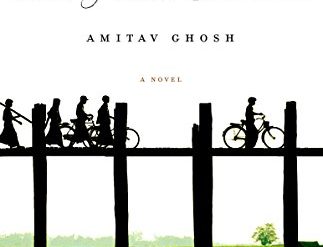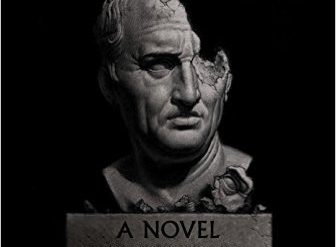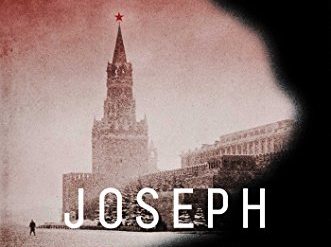
Charles Belfoure’s 2013 novel, The Paris Architect, is the story of a reluctant hero in WWII. The publisher’s own promotional copy for the novel calls him “unlikely and unlikable,” and so he is. Lucien Bernard is a French modernist architect who is manipulated into risking his life in a clever scheme to fool the Gestapo.
Estimated reading time: 5 minutes
An offer he can’t refuse
Lucien Bernard’s promising architecture practice had gone sour once the Nazis invaded France in May 1940. By early 1942, he is broke, to the consternation of his upper-class wife, who’d expected the trappings of wealth from him. Then, it seems, his life will begin to turn around when a wealthy manufacturer, Auguste Manet, summons him to discuss a business proposition. Manet wants him to use his architectural skills to design a virtually undiscoverable hiding place in a luxurious Paris apartment. And he will pay Lucien a fee many times greater than he could ever have expected.
The Paris Architect by Charles Belfoure (2013) 384 pages ★★★★☆
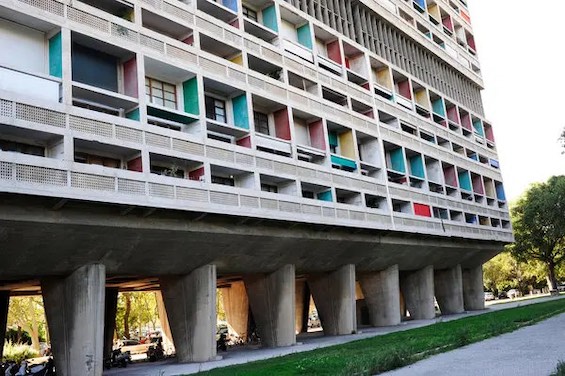
Hiding Jews from the Gestapo? He loathes Jews!
But there is a catch to Manet’s offer. The hiding place was to shelter another wealthy French businessman, a Jew. Lucien is outraged, and he stoutly refuses. He despises Jews. Then Manet dangles before him something even more meaningful than the money: the chance to design a large-scale factory that will produce arms for the Germans. And this proves irresistible. Despite the danger of losing his life if the Gestapo discovers his role in hiding a Jew, he can’t pass up the chance to show off his considerable talent. And this is just the beginning of a long series of similar jobs in the course of 1942. In the process, as his wife leaves him and he comes ever closer to discovery by the Gestapo, this reluctant WWII hero learns deep lessons about himself—and finds new meaning in his life.
The Holocaust in France
For decades after World War II, French officials celebrated the Resistance as though it had embodied the true spirit of the French people. They tended to ignore the widespread anti-Semitism that helped to motivate the collaborationists who far outnumbered the resisters—and underpinned the willing support of the fascist Philippe Pétain regime for the Holocaust. Because it was not the Gestapo, the SS, or the Wehrmacht that rounded up 75,000 Jews in France and sent them off to the death camps. It was French police officers. And most French, like Lucien Bernard in this novel, looked on with barely disguised indifference at best.
The French Resistance
By the end of World War II, roughly half a million French people had participated in the Resistance. That’s somewhere in the range of one or two percent of the country’s population at the time. But most of them enlisted only in the final months of the war once victory seemed certain. From 1940, when the Nazis circumvented the Maginot Line to seize Paris, until the Allied victory in Normandy late in 1944, the numbers were dramatically lower. Lone individuals like Lucien Bernard in this novel were the rule, not the exception. And most of them lost their lives for their efforts to resist.
During the early years of the war (1941-44), what passed for the French Resistance was organized by the Communist Party. But only after the Nazi invasion of the Soviet Union in June 1941. Before then, the USSR was an ally of Nazi Germany. And the Communist Party was following the Stalinist line.
Once the Party joined the fight, they dominated the Resistance. The anti-Communist Free French who followed General Charles de Gaulle were few in number by comparison. Their numbers grew as Britain’s Special Operations Executive parachuted agents into the country, steering funds and arms to fighters on the ground. But they only became a formidable force as the Normandy Invasion approached. Then, the two arms of the Resistance began to work in concert to aid the invasion and, early in 1945, force the Germans out of France.
About the author
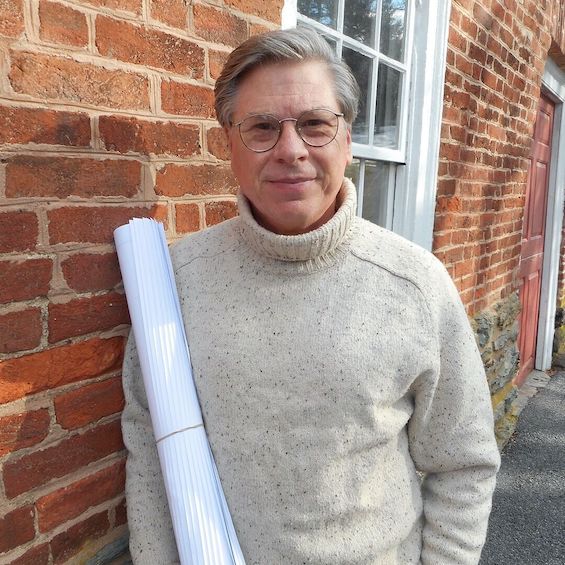
Charles Belfoure was born in 1954 in Baltimore. He received a bachelor’s in architecture from the Pratt Institute and a master of science in real estate development from Columbia University. A specialist in historic preservation, he has taught both at Pratt and at Goucher College in Baltimore. The Paris Architect was the first of his five novels to date. He has also written four monographs on the history of architecture. Belfoure is the father of two children, a daughter and a son who died young in a tragic accident. He lives in Maryland.
For related reading
This is one of the Good books about the French Resistance.
You’ll also find novels on related themes at:
- Good books about the Holocaust
- The 10 best novels about World War II
- 20 most enlightening historical novels
- Top 10 great popular novels
And you can always find my most popular reviews, and the most recent ones, on the Home Page.

